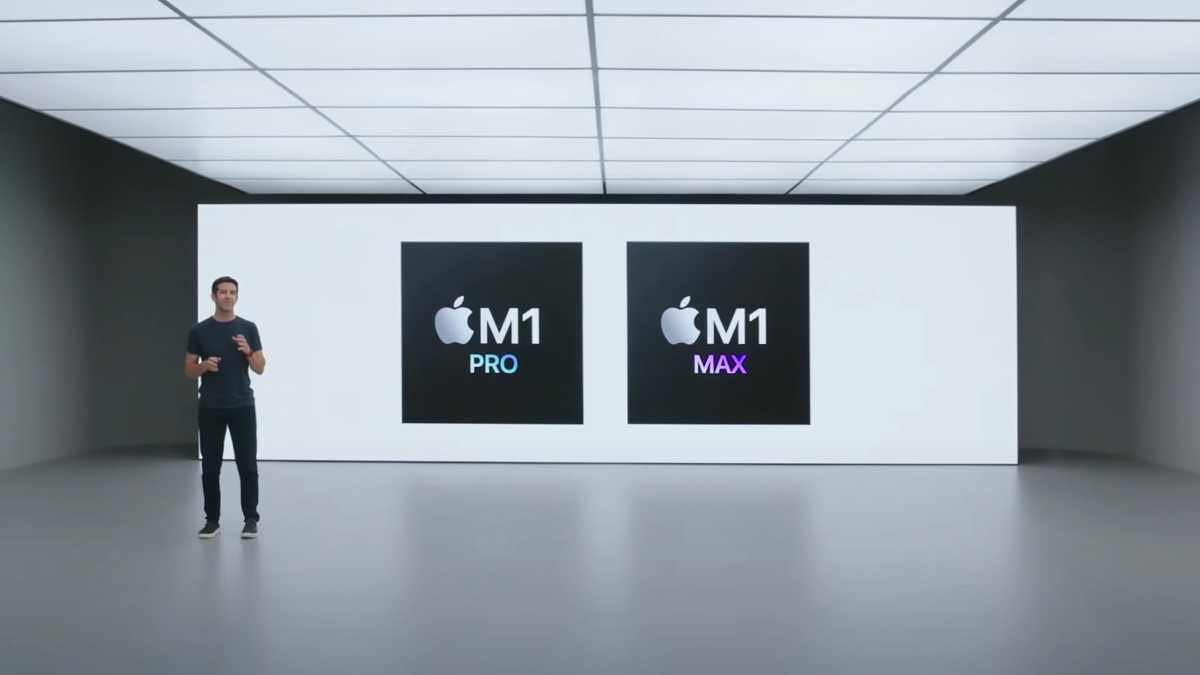
If you’re a tech enthusiast who goes so far as to track product release dates, then you know Apple holds an annual event in the fall to introduce the new iPhone and Apple Watch. What those same enthusiasts may not be aware of–but dedicated Apple fans are–is that Apple has often held an event after the big iPhone event, one that usually focuses on new Macs.
The last time Apple did such an event was two years ago, when the “Unleashed” event brought the M1 Pro and M1 Max in the 14- and 16-inch MacBook Pro. And based on where Apple is with its Mac lineup—and the fact that Apple just launched the new Apple Pencil with little fanfare yesterday—that may be the last fall event for some time, maybe ever.
The M-series has matured
The most obvious reason why Apple held its most recent fall Mac event in 2021 was to announce the expansion of the M1 chip family. The unveiling of the M1 was the star attraction of the “One more thing” event held in November 2020, and the 2021 event was Apple’s opportunity to show off faster, more powerful versions for the all-new MacBook Pro and how the Pro and Max versions bring tremendous speed and efficiency. The same was true with the Ultra chip at the “Peek Performance” event in spring 2022.
So by now, we know the drill: First comes the base M chip, followed a few months later by the Pro and Max versions, and then eventually an Ultra chip. Apple’s chip progression is set, and it’s probably going to stay this way for the foreseeable future. Also, Apple has nearly total control of its chip evolution (production issues aside), and no longer has to depend on Intel’s cadence. Apple can schedule its chip releases to what best suits the company and the market.

At the last fall Mac event, Apple introduced the M1 Pro and M1 Max processors.
Apple
Also, I should point out that the 2020 and 2021 releases occurred during the Covid pandemic. It’s likely that Apple actually wanted to release the new MacBook Pros in the spring of 2021, just a few months after the M1’s November 2020 unveiling, but couldn’t because the pandemic caused production delays. So we ended up getting a fall Mac event, instead.
The designs are set
That 2021 event also showcased the new 14- and 16-inch MacBook Pros with a brand-new design, displays, and features. They delivered displays that finally had small bezels (so small that they needed a notch for the FaceTime camera), new keyboards that dumped the Touch Bar and brought back the F1 keys, a larger trackpad, MagSafe, and the return of the SD card slot. It was a major revamp of the laptop that soon made its way to the MacBook Air.
As the M3 approaches, Apple’s Macs all now feature new designs that were recently introduced–you could even say that the new Mac Studio is a design alternative to the Mac Pro. Apple isn’t going to change these designs any time soon, so an event to show off whatever new features are coming isn’t necessary for the next several years.
Tardy to class
When you think about it, the fall is a weird time for new Macs to arrive. Students going off to school have already made their hardware purchases, businesses have already wrapped up their yearly expenditures, and not that many people are willing to drop more than a grand on a holiday present.
Apple has determined that the spring and early summer is the best time for marketing Macs (and iPads) to students. The last few springs have brought new Macs, and this year, Apple unveiled the new 15-inch Air and Appel silicon Mac Pro at WWDC. Then Apple holds its back-to-school Apple Store promotion in August for when all those high school graduates who are heading to college go shopping.

The Mac Studio was introduced during a spring 2022 event.
Apple
Even during the years when the Mac had its event later, the fall season belongs to the iPhone and Apple Watch. Those products get all the buzz weeks before the iPhone event and it lasts through the holiday shopping season. The iPhone casts a long shadow, so Apple might as well let it have the spotlight.
What would bring the fall Mac event back?
In the past, Apple has released new Macs later in November (the 2020 M1 Mac mini, MacBook Air, and 13-inch MacBook Pro) and December (the iMac Pro in 2017), but since the Mac lineup is in a stable place, Apple will likely rely on simple press release announcements for the next handful of Mac releases after the iPhone event. Apple used to do press-only events in the fall/winter (as it did with the iMac Pro), but those seem to have given way to online briefings and press release announcements.
At this point, the only reasons why Apple would do a fall Mac event are for a major announcement, such as a breakthrough new chip, a radical new design, or an all-new model. None of those things seem to be in the cards for a while. But make no mistake—the Mac is in a very good place, and if that’s the main reason why we don’t get a fall Mac event, that’s not so bad, after all.





